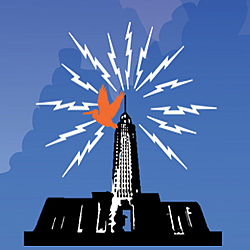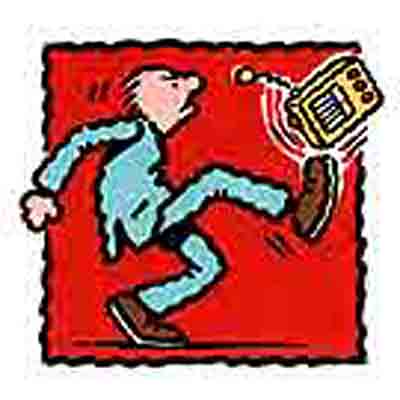Wherever you live in Louisiana, or anywhere in the US for that matter, you might have noticed something has changed in your local supermarket, in offices, and even in airports and hotels. That something is, plexiglass.
Those giant sheets of plexiglass that now stand between you and the person on the other side of a counter are called Sneeze Guards. Have you wondered where they suddenly all came from?

Local King of plexiglass sneeze guards, Peter Seltzer
Peter Seltzer has laser cutters that he uses to make paper products at his company, Pete’s Papercrafts. When Covid came along, Peter switched from paper to plexiglass, and started making face shields and sneeze guards.
Peter started out by making over 13,000 face shields for members of the Ochsner Health System. That alone would be an extraordinary accomplishment, if it was the whole story. But it’s barely the beginning.
Peter has gone on to make thousands of plexiglass sneeze guards. And the reason that Peter knew about the initial PPE shortage is because, as well as being a successful entrepreneur, he’s also a paramedic, and founder and Director of a paramedic training program for high school kids, called Gateway EMS Training.
Hotel
One of the local business sectors that has been hardest hit by the pandemic is tourism.

General manager of the Sherton New Orleans, Jim Cook
Jim Cook is uniquely familiar with all aspects of the leisure and convention tourist industry. Jim is General Manager of the Sheraton Hotel in New Orleans. He’s also a commissioner of the Downtown Development District in New Orleans, a past Chairman of the Board of the New Orleans Convention and Visitors Bureau, and past President of the Greater New Orleans Hotel & Lodging Association.
When the tourist and convention business came to a sudden halt in March, it brought into stark relief just how dependent New Orleans has become on tourism. At some point the city seems to have crossed an unseen boundary. New Orleans used to be a place that people came to, just to experience everyday life. For a few days a person from somewhere else could eat, shop, drink, and listen to music like a New Orleanian. Now we discover that some of New Orleans most revered institutions – from famous restaurants to the French Quarter itself – can’t survive without a steady stream of tourists.
There are, apparently, other tourism business models that target specific types of tourists, not just high volume. The question New Orleans faces now is, Is there a way to retain a tourist and convention sector that doesn’t rely on 19 million tourists a year?

Plexiglass King Peter Seltzer & Tourist Captain James Cook
Photos by Jill Lafleur. There’s more conversation about tourism here.





